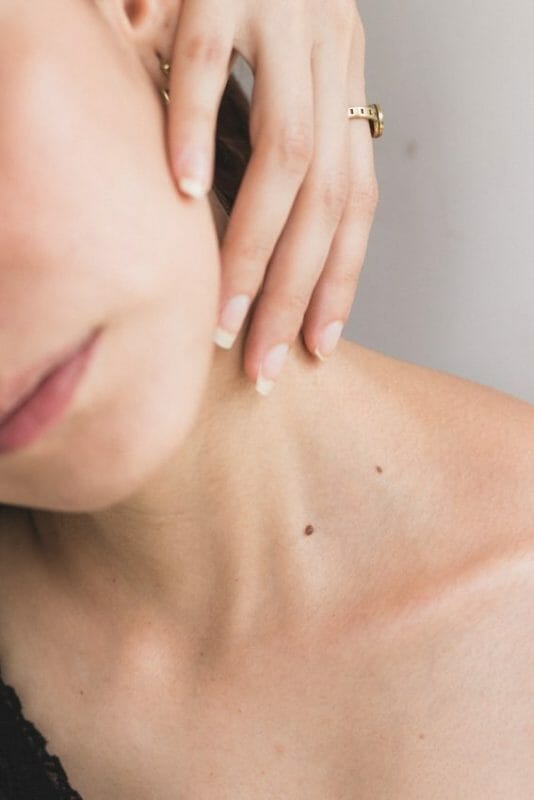In the glitzy galaxy of cosmetic procedures—where youth and beauty are within one’s grasp—shines a brilliant nova: the trapezius-muscle Botox. More commonly known by its charming soubriquets, “Barbie Botox” and “trap tox,” this celestial paradox is causing a cosmic stir. Why–you ask? Well, let’s dive down this rabbit hole, shall we?
The Magnetic Pull of Trap Tox
Trap tox: an irresistible allure or simply the latest vanity victual? It seems to be a titillating tangle of both. Applied in the trapezius muscle—the broad, wing-like span across your back and shoulders—the Botox, an old hat at smoothening frowns and creases, plays an unsuspected role. By causing a temporary paralysis to the specific muscles, it creates an illusion of smaller shoulders and an instantly slimmer appearance. It’s as if someone switched on the ‘skinny filter’ on you, live and in colour!
Is It A Sting or a Soothe?
Getting ‘under the needle’ definitely sounds ominous, but fear not, it’s no more painful than a mosquito’s bite. Mixed with a topical anaesthetic, the procedure is as smooth as a summer lake at dawn. The procedure’s discomfort is minimal and quite bearable. So rest assured, it’s not much of a bitter pill to swallow.
A Treat For Everyone?
If you’ve hit the age mark of 18 and your body performs its sonnet of daily operations harmoniously, then you’re a green light! It’s somewhat like crossing a threshold, a rite of passage into a realm that lets you edit your aesthetics, like doodling on your own portrait—flattering, enchanting and empowering.
Therefore, instead of a select few possessing the golden ticket a la Willy Wonka, this particular glamour party involves a broader invitee list. Nobel laureates, cinema stars, or secret spies—unimportant! If you carry the simple prerequisites, you’re welcome to step into the light of this star—Trapezius Muscle Botox, your magic lamp in the world of beauty enhancement.
The Frequency Fable
Entrancing as the transformative effects of the trapezius muscle Botox are, the allure of these quick results can make one thirst for more, much like the captivating charm of a summer twilight or the addictive pull of your favourite chocolate. It’s a melody you want to replay on a loop. But wait! This isn’t just important–no–it’s crucial; much like the perfect pitch in a sonata.
Much like overindulging in dessert can tarnish the richness of its taste, overuse of Botox may lead your muscles down the road to dystrophy, a state of muscle weakness akin to an autumn leaf losing its vitality. Therefore, while you may wish to bask in the magical aura of Trap Tox indefinitely, temperance, dear friends, should be your guiding North Star.
After diving into the depths of medical wisdom, one would find that the optimal frequency to indulge in this cosmetic serenade lands somewhere in the domain of every three to six months. This delicate balance between aesthetic appeal and muscular health is akin to the symphony of day and night, both equally crucial to the rhythm of life.
Tempting as the elixir is, remember, the brighter a light, the deeper the shadow it can cast. Overindulgence may lead to the shadow of muscle atrophy, which certainly isn’t a guest we want at our beauty banquet.
Colliding Cosmetics
Can you get a Botox with your intimate cosmetic surgery? That’s like asking whether you can wear stilettos with denim shorts—absolutely! One doesn’t eclipse the other. But, like a prudent chef, your doctor is your best guide to mixing the right ingredients.
A recent report by the American Society of Aesthetic Plastic Surgery showed a 14% increase in non-surgical procedures, with Botox leading the pack. The popularity of trapezius muscle Botox is rising at an astronomical pace. At the end of the day, whoever said beauty is skin deep had obviously never heard of “trap tox”.

